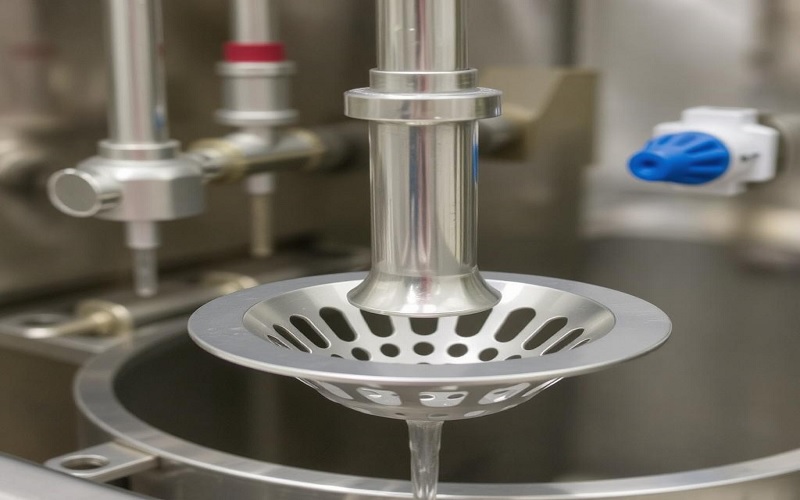One of the most crucial components of a fluid management system is the basket strainers. In general, this is because they primarily serve as a defence mechanism of prevention from debris and contaminants that can lower down the efficiency and prolong the life span of industrial equipment. Introduced before critical equipment such as pumps, valves, and filters via pipelines, the undesirable particles are trapped in this basket-like mesh or perforated screen while letting pure fluids flow freely. Basket strainers prevent blockage and reduced wear and tear in fluid movement within manufacturing, petrochemical, and other applications such as water treatment. Understanding how basket strainers work and their benefits will reduce maintenance costs and efficiency of overall system operation for best performance and reliability in fluid management.
Table of Contents
What is the purpose of Basket strainer?
A basket strainer is an important component of fluid management systems with the purpose of excluding the presence of debris and particulate matter within liquids or gases just before their entry into pumps, valves, and other equipment. The primary purpose of a basket strainer is to safeguard downstream components by preventing blockages as well as wearing down foreign particles. Basket strainers are mounted on pipes and have a strainer-like mesh or perforated screen that catches contaminant material while passing clean fluid. Maintenance involves cleaning or changing the strainer in order to ensure optimum performance and extended life, as is the case with importance in various industrial applications for efficiency and reliability.
How is Basket strainer manufactured?
Several key steps are involved in manufacturing a basket strainer to make it last long and serve the purpose it has been intended for. First, raw material choices are made from stainless steel or corrosion-resistant alloys due to their high strength against such harsh environments. The process begins with cutting the materials into desired dimension and then by welding or machining, forming the body and basket part of the strainer. The perforated or mesh screen that constitutes the filtering element is then precision machined to accurately size and shape it such that it traps the debris. Thorough quality control testing in the form of pressure tests and visual inspection are conducted on the assembled strainer to verify its performance and reliability. Finally, the finished basket strainer is cleaned, coated, and packaged to be shipped to be installed in a variety of fluid processing applications for different industries.
What Good manufacturing practices are used by Basket strainer manufactures?
Each basket strainer manufacturer adheres to strict Good Manufacturing Practices in order to ensure both high quality and also safety as well as reliability with their products. These begin with the careful selection of raw materials of the highest quality which do not compromise on the durability and corrosion resistance demanded by industry standards. While producing, they adopt standardized procedures for designing, fabrication, and assembly so that individual components are reproduced consistently and up to precise specifications. Regular training of staff in safety and quality control procedures is essential to preserve operational efficiency as well as defect reduction. Also, manufacturers undertake a very strict test and check at various stages of production-including name a few-performance and pressure tests-to ensure that every basket strainer meets the performance criteria. The documentation and traceability along the production line are also very much a part of GMP, making it possible to answer queries and continuously improve the quality assurance system. Due to such compliance, manufacturers of basket strainers are guaranteed to provide effective and reliable products based on the huge demands typically found in most industrial applications.
Basket strainers are part of the fluid management system for the simple reason of providing critical protection downstream to equipment, thus ensuring not to hamper fluid flows by debris and other forms of contaminants. They play a fundamental role in enhancing industrial processes’ efficiency and reliability while ensuring longer life for pumps, valves, and other machinery. Investments in quality strainers, along with routine maintenance of the same, can significantly cut down the maintenance cost and interruption of operations in an industry. As the development of fluid handling technology continues, understanding and implementation of efficient straining solutions such as basket strainers will hold the highest importance for the ultimate performance and sustainability in fluid management.

